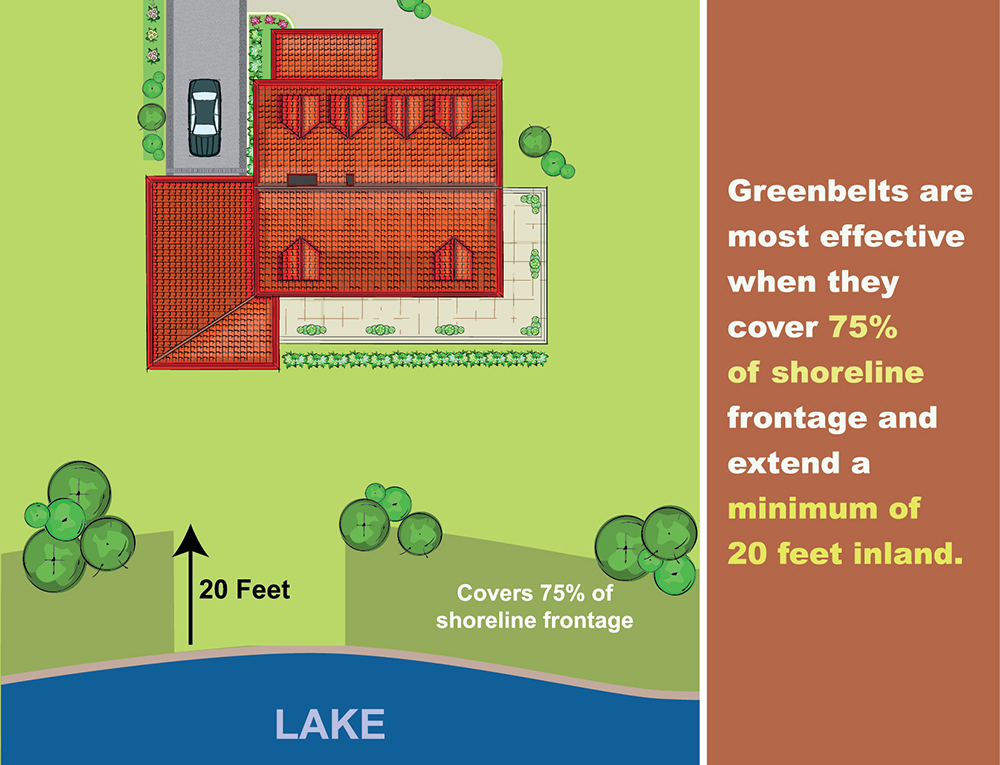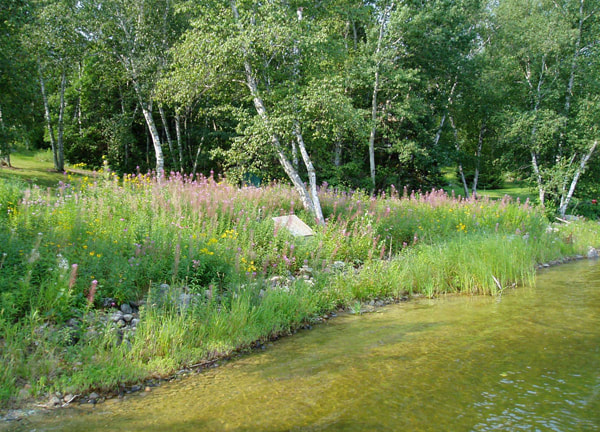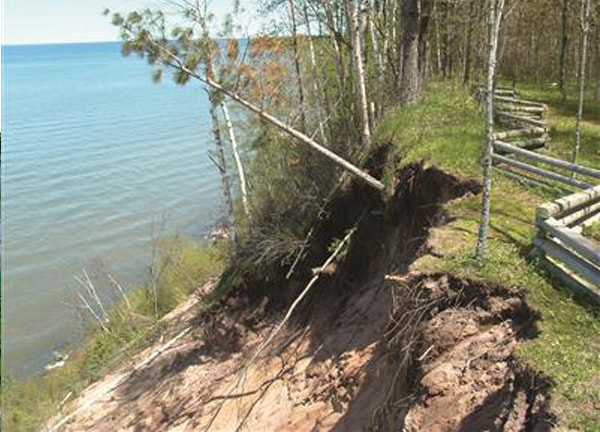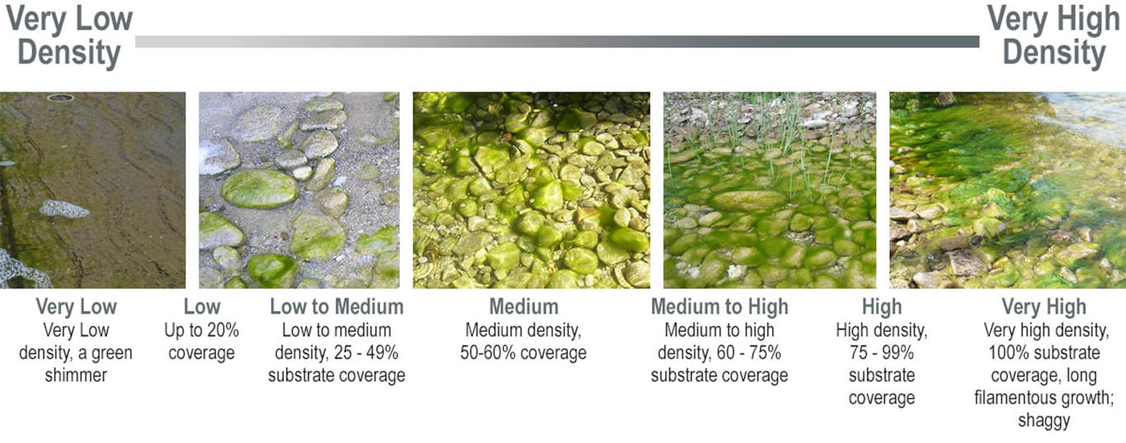Lake Charlevoix Shoreline Survey
Welcome to the 2018 Lake Charlevoix Shoreline Survey. First, find your unique ID on the address label of your Lake Charlevoix Association newsletter. Next, enter your unique ID in the box on the left under "Unique ID number--Type in your unique ID."
A legend for each map layer is shown by clicking the arrow next to the checked layer. Scroll below the map for information on greenbelts, Cladophora, and erosion from the survey.
During the summer and fall of 2018, Lake Charlevoix Association partnered with Tip of the Mitt Watershed Council and ZeroGravity Aerial to conduct a shoreline survey of Lake Charlevoix. The survey was designed to document conditions that can impact water quality, including the three biggest threats to inland lakes: nutrient pollution, habitat loss, and shoreline erosion. The shoreline assessment was conducted on a parcel by parcel basis around the entirety of Lake Charlevoix. Survey results indicate that large portions of Lake Charlevoix shoreline contain natural and native vegetation growth. However, human activity around Lake Charlevoix shoreline may be impacting the lake ecosystem and water quality. Improving areas with poor greenbelts will help conserve and preserve the character and quality of Lake Charlevoix. Improving greenbelts will help by reducing nutrient pollution and sediment input from erosion along the shoreline.
Below is a link to open the 2018 Lake Charlevoix Shoreline Survey report highlighting greenbelt status, areas of erosion, and the presence of a bioindicator algae, known as "Cladophora".
Thank you and see you around the shoreland,
Lake Charlevoix Association and Tip of the Mitt Watershed Council
A legend for each map layer is shown by clicking the arrow next to the checked layer. Scroll below the map for information on greenbelts, Cladophora, and erosion from the survey.
During the summer and fall of 2018, Lake Charlevoix Association partnered with Tip of the Mitt Watershed Council and ZeroGravity Aerial to conduct a shoreline survey of Lake Charlevoix. The survey was designed to document conditions that can impact water quality, including the three biggest threats to inland lakes: nutrient pollution, habitat loss, and shoreline erosion. The shoreline assessment was conducted on a parcel by parcel basis around the entirety of Lake Charlevoix. Survey results indicate that large portions of Lake Charlevoix shoreline contain natural and native vegetation growth. However, human activity around Lake Charlevoix shoreline may be impacting the lake ecosystem and water quality. Improving areas with poor greenbelts will help conserve and preserve the character and quality of Lake Charlevoix. Improving greenbelts will help by reducing nutrient pollution and sediment input from erosion along the shoreline.
Below is a link to open the 2018 Lake Charlevoix Shoreline Survey report highlighting greenbelt status, areas of erosion, and the presence of a bioindicator algae, known as "Cladophora".
Thank you and see you around the shoreland,
Lake Charlevoix Association and Tip of the Mitt Watershed Council
|
|
|
Erosion Severity
Erosion introduces sediments and excess nutrients attached to soil particles. An abnormal increase in sediments can clog the gills of fish, macroinvertebrates, and degrade habitat including fish spawning grounds. Increased nutrients can cause algal blooms that degrade lake water quality.
Erosion introduces sediments and excess nutrients attached to soil particles. An abnormal increase in sediments can clog the gills of fish, macroinvertebrates, and degrade habitat including fish spawning grounds. Increased nutrients can cause algal blooms that degrade lake water quality.
Cladophora Density
Cladophora is an algae that grows as a film and in later growth stages as filaments on hard substrate near the shoreline. Increased nutrients, such as phosphorus from failing septic systems, enhance Cladophora growth to abnormal levels. Monitoring Cladophora serves as a useful bio-indicator of changes to nutrient inputs near the shoreline.
Cladophora is an algae that grows as a film and in later growth stages as filaments on hard substrate near the shoreline. Increased nutrients, such as phosphorus from failing septic systems, enhance Cladophora growth to abnormal levels. Monitoring Cladophora serves as a useful bio-indicator of changes to nutrient inputs near the shoreline.
|
To improve your stewardship of Lake Charlevoix, visit the Michigan Shoreland Stewards (MiSS) website. The MiSS program provides recognition for lakefront property owners who are protecting inland lakes through best management practices on their property and provides recommendations for improving your shoreline.
www.mishorelandstewards.org |











